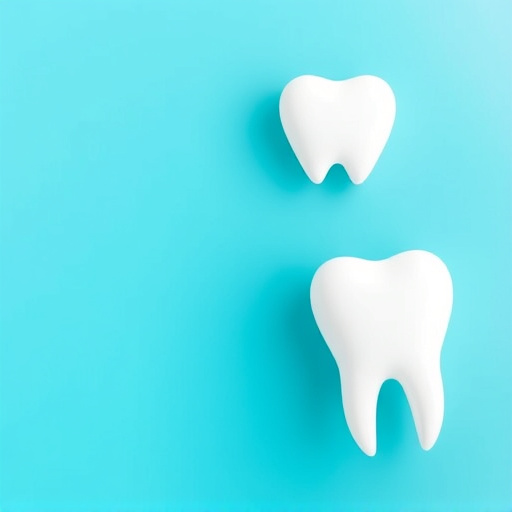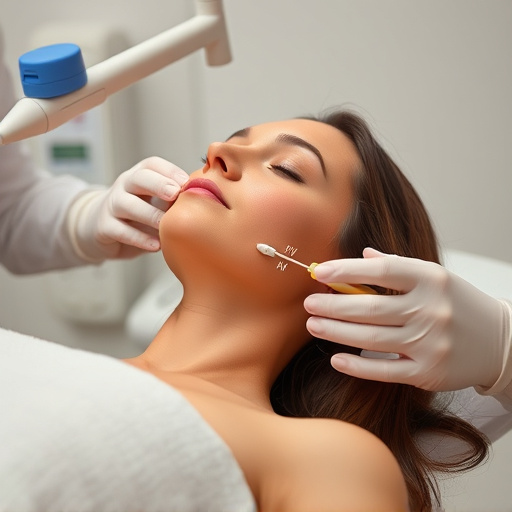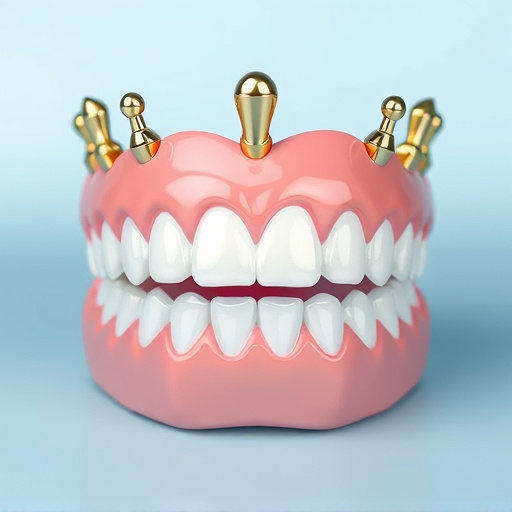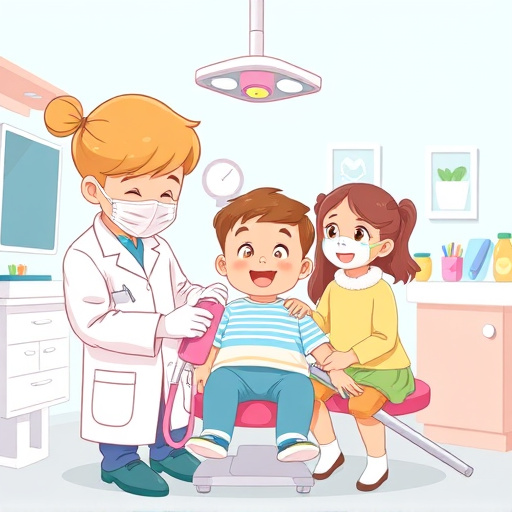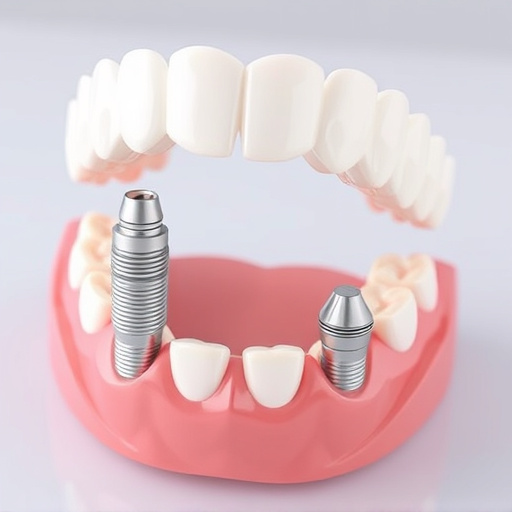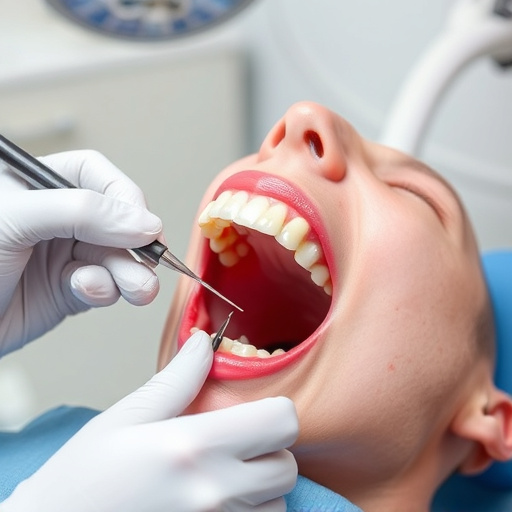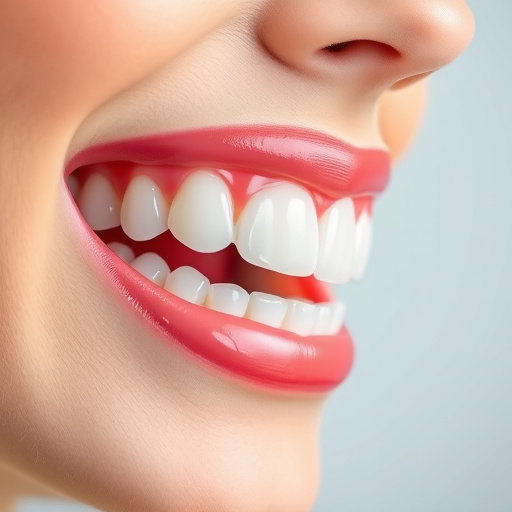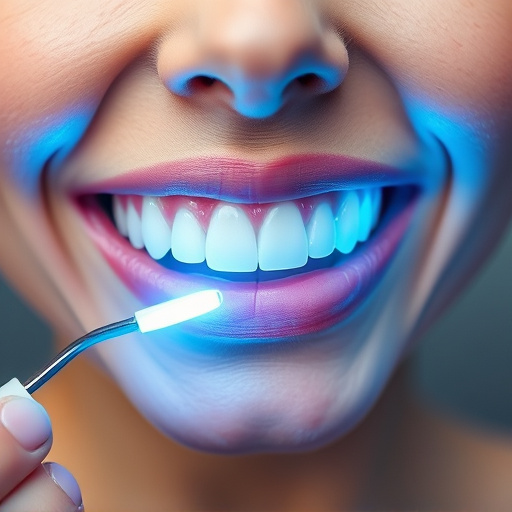Gum health evaluation is a proactive step towards optimal oral well-being, crucial for supporting teeth and preventing extensive future tooth repair. Dentists use tools like periodontal probes and digital imaging to detect early signs of gingivitis or periodontitis, enabling prompt interventions such as dental bonding and cosmetic fillings. Regular check-ups, patient education, and accessible gum health evaluations foster preventive measures and promote accountability for oral health.
Gum health evaluation is a crucial component of comprehensive oral care, serving as the foundation for maintaining overall well-being. This article explores the significance of early intervention in addressing gum-related issues. We delve into understanding gum health, examining evaluation tools and techniques for prompt detection, and implementing strategies to promote patient education and encourage preventive measures. By focusing on these aspects, we aim to empower both professionals and individuals to navigate and maintain optimal gum health.
- Understanding Gum Health: The Foundation of Oral Well-being
- Evaluating Gum Condition: Tools and Techniques for Early Detection
- Promoting Early Intervention: Strategies to Encourage Patient Care and Preventive Measures
Understanding Gum Health: The Foundation of Oral Well-being
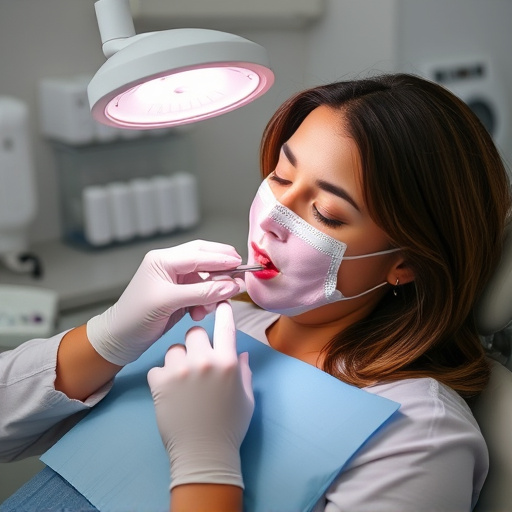
Understanding Gum Health: The Foundation of Oral Well-being
Gum health is often an overlooked aspect of overall oral care. It serves as the cornerstone for maintaining a robust and healthy smile. Just as a strong foundation supports a building, healthy gums are essential for supporting teeth and ensuring their longevity. A gum health evaluation is a proactive step towards identifying potential issues early on, which can prevent more severe problems down the line. By assessing factors like gum inflammation, bleeding, and pocket depth, dental professionals can catch signs of gingivitis or periodontitis before they escalate.
Regular checks allow for prompt intervention using various procedures such as dental bonding to fix minor defects or cosmetic fillings to address deeper decay, thereby preventing extensive tooth repair or replacement needs in the future. Investing time and effort into gum health evaluation is a significant step towards preserving one’s oral beauty and functionality.
Evaluating Gum Condition: Tools and Techniques for Early Detection
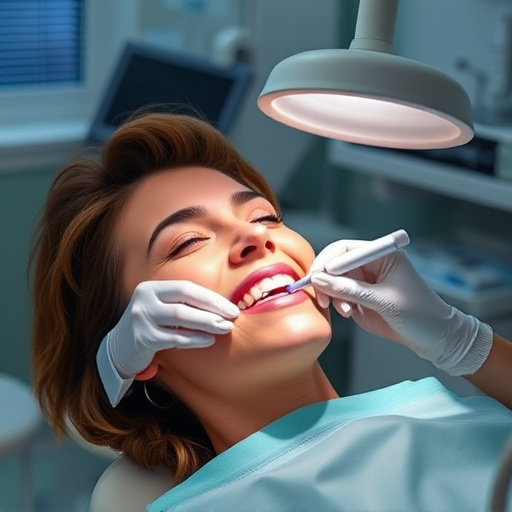
Evaluating gum health is a crucial step in any comprehensive dental care routine. Dentists employ various tools and techniques to detect even the subtlest signs of gingivitis or periodontitis during a routine check-up. One common tool is the periodontal probe, a small instrument used to measure the depth of gum pockets around each tooth. Deeper pockets may indicate inflammation or bone loss, indicating a need for further investigation. Visual inspection is another key method; dentists look for symptoms like red, swollen, or bleeding gums, which could be early indicators of gum disease.
Additionally, advanced technologies are now available to enhance gum health evaluation. Dental crowns, for instance, can help in restoring damaged teeth and providing stability to the surrounding gums. Digital imaging, such as X-rays, allows dentists to assess bone levels and detect any structural changes in the jaw. These combined approaches enable early intervention, which is vital in preventing the progression of periodontal issues towards more severe conditions requiring restorative dentistry.
Promoting Early Intervention: Strategies to Encourage Patient Care and Preventive Measures
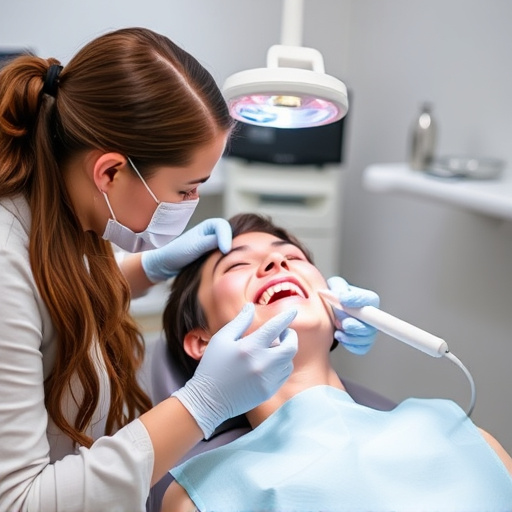
Promoting Early Intervention plays a pivotal role in maintaining optimal gum health. Through patient education and accessible gum health evaluation processes, dental professionals can encourage individuals to embrace preventive measures. Regular check-ups and thorough cleanings are fundamental, allowing for early detection of gingivitis or periodontitis. By normalizing these visits, patients become more attuned to their oral health, fostering a sense of accountability.
Integrating comprehensive dental care into daily routines, such as dual-action flossing and proper brushing techniques, empowers individuals to take charge. Moreover, family dentistry practices can leverage community outreach programs and educational workshops to dispel myths surrounding gum disease, ultimately normalizing preventive care. Additionally, offering attractive solutions like cosmetic fillings can alleviate concerns related to aesthetics, making it easier for patients to prioritize their oral health.
Gum health evaluation is a proactive approach that can transform oral care. By understanding the foundation of gum wellness, utilizing advanced tools for early detection, and implementing strategies to promote patient education, we can foster a culture of preventive measures. Early intervention in gum conditions not only preserves smile aesthetics but also ensures overall systemic well-being. This holistic view of dental care is key to a healthier future, where each individual takes an active role in maintaining their oral health.





